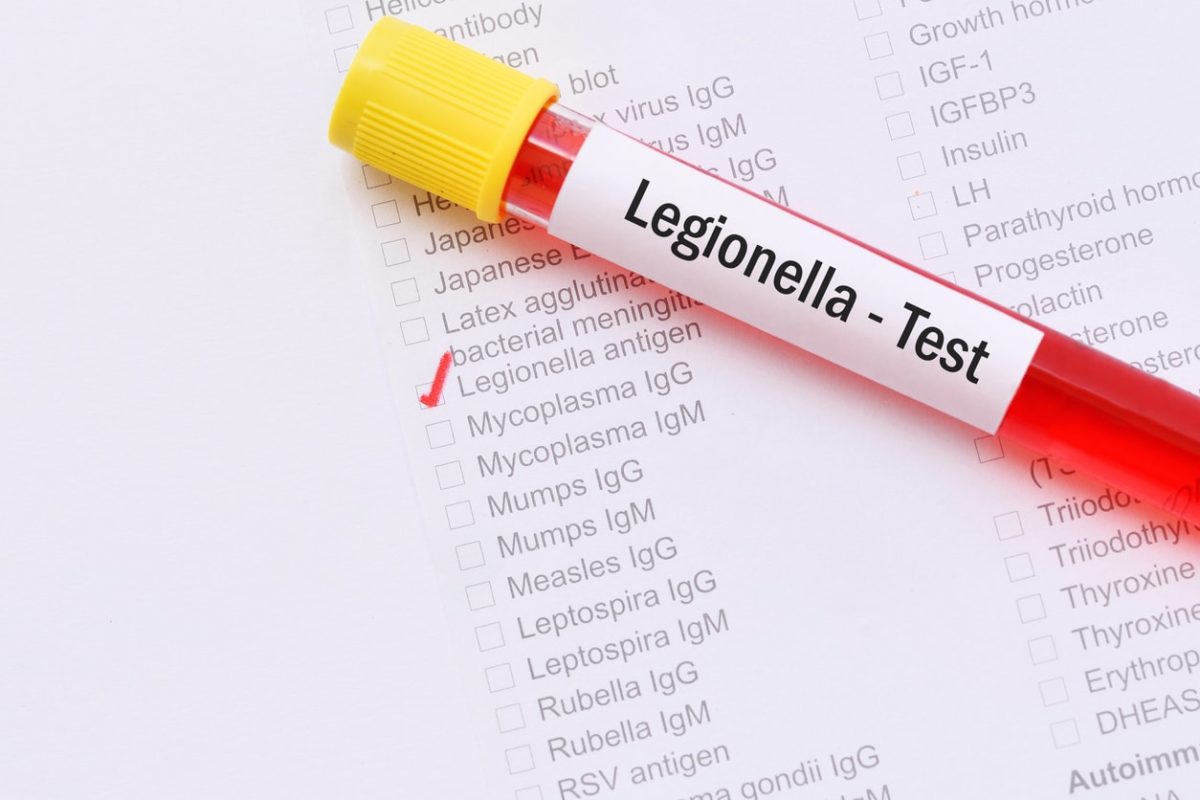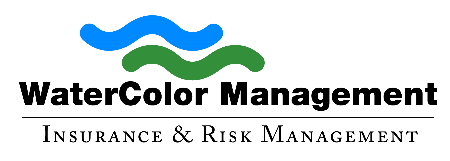
First identified in 1977, the most common form of the bacterium Legionella was found in contaminated aerosols meant for water sprays, mists or jets, says the World Health Organization (WHO). However, there’s more than one way for an outbreak to spread. What’s a good way to know what to look out for?
And when you’re in the water or water treatment industry, it’s imperative to harbor control over procedures in the event of a Legionella outbreak. When left untreated, expect issues to exacerbate within the first week. Fatalities can happen when one fails to tackle the problem head-on.
The last biggest recorded outbreak (in New York City) occurred in 2015, according to studies done on the topic. The largest recorded outbreak in the area, it’s important to know what to do just in case there’s another outbreak. Whether an urban, suburban or rural area, it’s good to know what you should do next.
If an outbreak occurs, here’s what you need to know, courtesy of the Center for Disease Control and Prevention (CDC).
Steps For a Legionella Outbreak Investigation
The first thing that needs to be done is to figure out whether a full investigation is actually needed. From there, you move into the next step. Public health officials are crucial for conducting the steps needed in order to tackle this kind of health problem, especially when it reaches on a bigger scale. This is what public health officials will need to keep track of:
- Look at the common exposure setting or geographic area and develop a list of cases regarding it.
- Get a retrospective review in order to possibly identify earlier cases due to a similar setting or exposure area.
- Work with appropriate parties to identify additional cases and facilitate legionella testing, which will assist in legionella insurance for the water treatment industry.
- Obtain post-mortem specimens, when applicable.
- If water exposure needs to be restricted, make sure it happens fast. Don’t let it delay and get worse.
- Facilitate environmental assessments, sampling and suggest remediations if needed.
- Develop a risk communications plan, if needed.
- Figure out how long it’ll take to get through an outbreak.
- Possibly revise the water treatment program, if needed.
- If isolation is needed, make it happen.
- Follow up in order to assess the effectiveness of implemented measures in order to control the hazard.
When Do You Need to Conduct a Full Investigation?
If there’s two or more reported cases of Legionnaires’ disease or Pontiac fever, then it’s time for the water and water treatment industry to allow for an investigation to occur. Symptoms can occur for two to 10 days while Pontiac lasts anywhere from 24-72 hours. Another case of when an investigation needs to happen includes if more than one person has symptoms within 12 months of each other.
Many insurers will not cover Legionella and other bacteria in their standard policies. Unfortunately for water treatment businesses, going without legionella insurance coverage can be very costly in the event of an outbreak. However, our Water Treatment Insurance program offers complete coverage for normal exclusions like Legionella as well as other bacteria and contaminants.
About Watercolor Management
WaterColor Management has insured the water industry for over 30 years. Our policies include unlimited defense cost coverage in the event of a lawsuit against you. Call us at (256) 260-0412 or email info@watercolormanagement.com for a quick quote for your Water Business Professional, Products/Completed operations, Pollution and General Liability Insurance.




